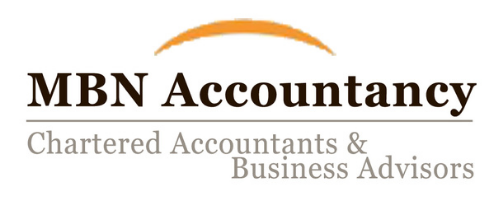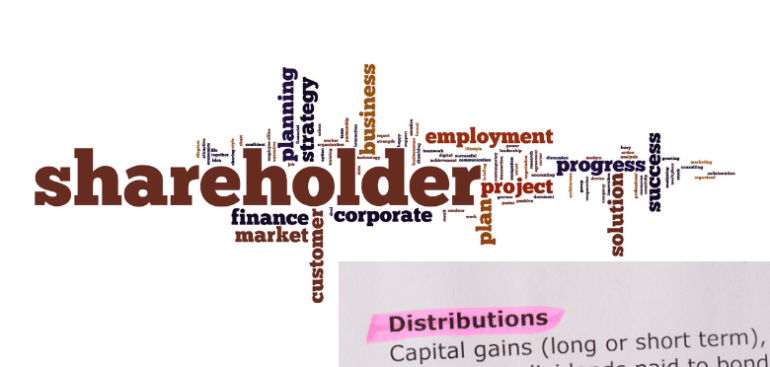In this article we will discuss the tax treatment of distributions on cessation of a company. Companies cease for various reasons, some closing for the personal reasons of their directors or shareholders, rather than being forced to close by creditors. Many companies will have accumulated monies or assets that need to be distributed to shareholders on cessation (after all creditors’ liabilities have been settled). The method of distribution needs careful planning to ensure that the minimum amount of tax is paid.
When a company ceases trading it can either:
- apply to be ‘struck off’ from the Register of Companies; or
- be wound-up under liquidation; or
- become dormant.
Whichever route is taken, dividends may already have been made to the fullest extent possible from accumulated profits but there may still be capital to distribute. ‘Striking off’ is not a formal winding up procedure, and as such any distribution of surplus assets (including the repayment of its share capital represented by those assets) is legally an income distribution.
However, treatment of a distribution can be as capital where the company’s total assets are less than £25,000. Such a distribution is subject to CGT, taxed at either 10% or 20% depending upon the shareholder’s total income but after deducting the shareholder’s annual allowance and offset of any capital losses.
If a company has applied to be ‘struck off’ but within two years of making a distribution the company has still not been dissolved, or has failed to collect all its debts or pay all of its creditors, then the distribution is automatically treated as a dividend.
If the £25,000 limit is exceeded, the whole distribution is treated as a dividend with no reliefs being available, making the extraction of the final shareholders’ funds expensive, depending on the shareholders’ tax situation. In addition, where the distribution is of assets other than cash, the valuation of those assets could assume significance in determining whether the £25,000 threshold is breached.
Any company needing to make a distribution above £25,000 or where the shareholders would prefer the CGT to income tax treatment, will effectively be forced down the formal liquidation route with the additional costs that will be incurred (usually approximately £1,500 – £2,000 for a small company in straightforward circumstances).
Apart from the more beneficial CGT rates, Business Asset Disposal Relief may be available if the relevant conditions apply. BATR reduces the rate of CGT to 10% rather than 20% where the shareholder is taxed at higher rates.
Once a liquidator is appointed, all distributions made during the winding up process are normally treated as capital subject to CGT which could produce a tax planning situation. For example, if the company has a mixture of cash and goods, the liquidator could be asked to release the cash first.
If this could be planned to be at the end of the tax year then the annual exemption for that year can be used. The annual exemption for the next year can be used against any gain when the assets are sold.
Should the shareholder be a basic rate taxpayer, consideration may be given to extracting the excess over £25,000 as a dividend chargeable to income tax before cessation, leaving an amount equal to £25,000 to be extracted as capital.
However, should the company then apply for dissolution, HMRC could argue that the intention was always to apply to strike off the company for tax reasons, and tax the whole amount as income. Intent is likely to be inferred should the company dispose of any remaining assets, leaving only cash before the application.
For help with distributions on cessation of a company, please contact us on 02030042780.



